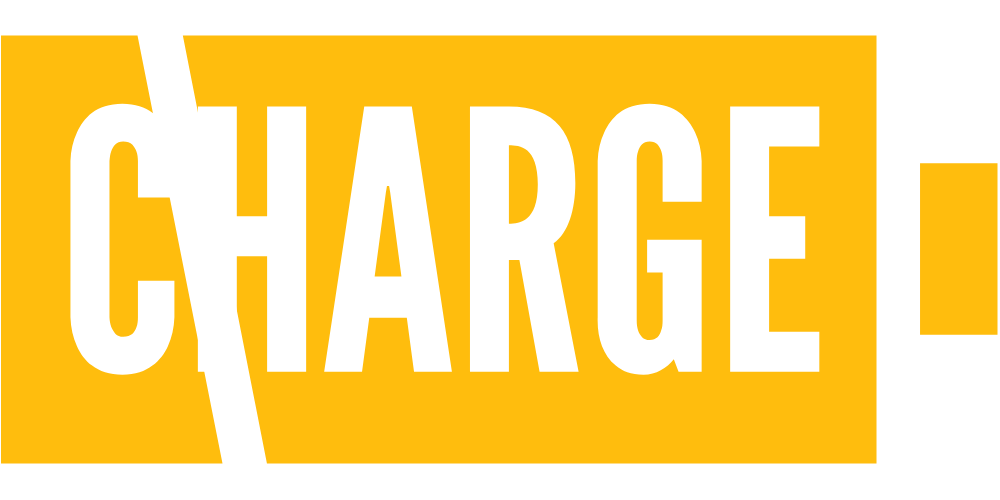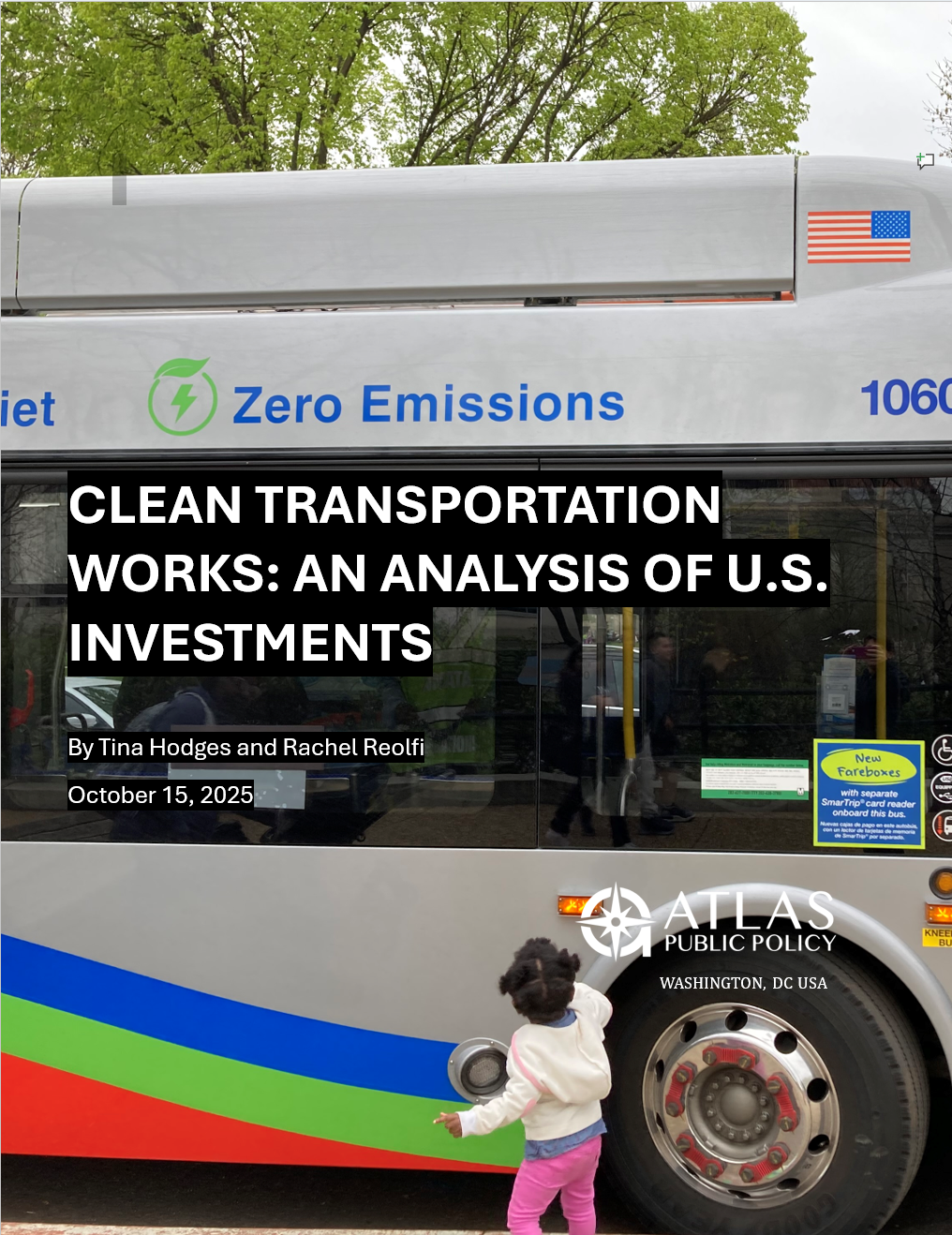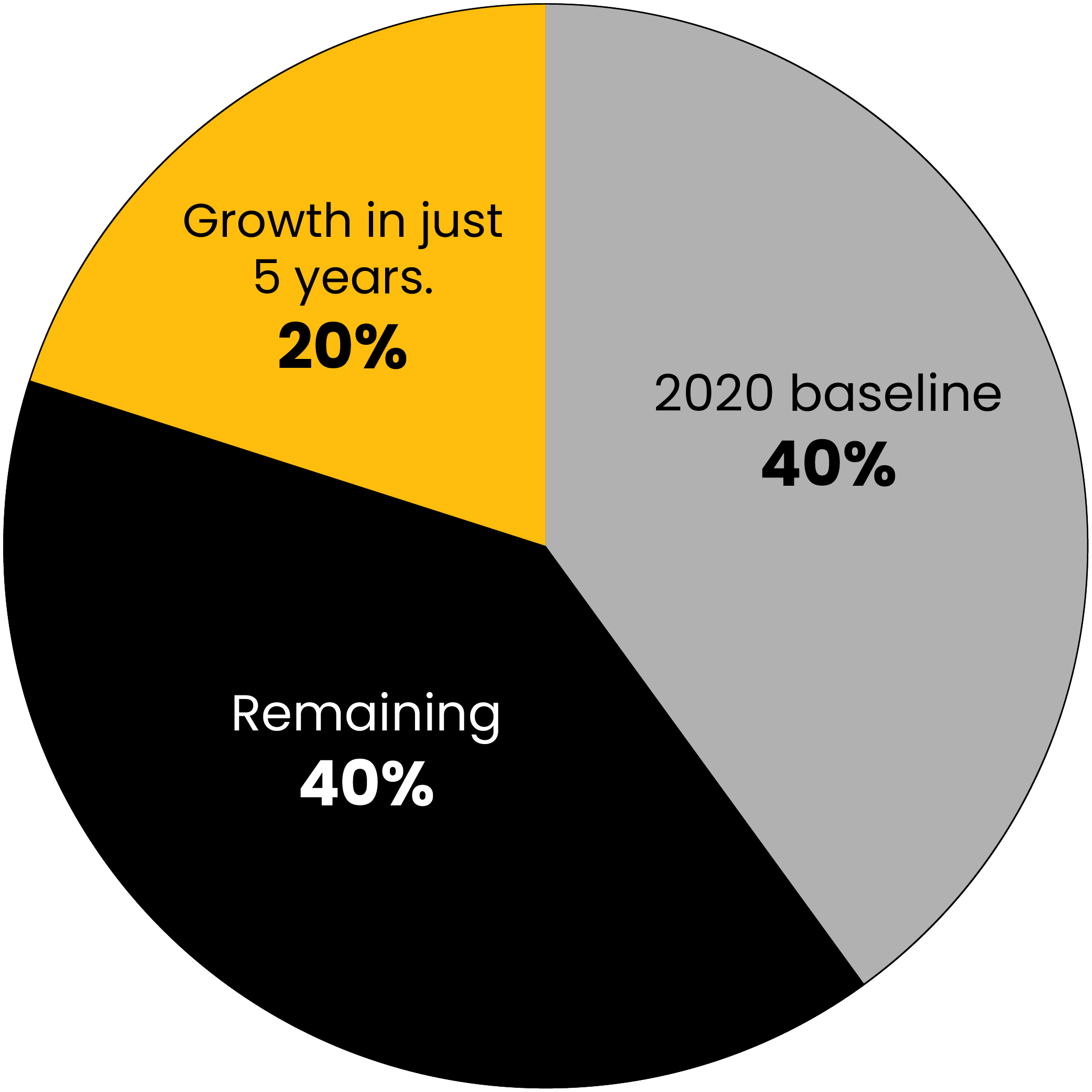What happened to billions in clean transportation investments?
Historic funding for clean transportation programs that cut costs, reduce air pollution, create jobs, improve public health and save people money is set to expire in 2026.
CHARGE will soon release a new report with Atlas Public Policy showing the current status of key programs established by the Infrastructure and Investment Jobs Act (IIJA), the impact of federal clean transportation investments in electric vehicle charging infrastructure, clean freight, public transportation, active mobility and micromobility, and the impact of the Trump administration’s choice to halt or cut clean transportation funds.
Get a sneak peek at the electric vehicle (EV) infrastructure analysis.
National investments in EV charging are putting people to work in good, advanced technology jobs across the country right now.
Below is a sneak peek of the EV charging infrastructure section of the Clean Transportation Works: An Analysis of U.S. Investments report, showing the impact of stalling or eliminating these investments.
Explore initial key findings.
Potential Jobs Supported
The federal investment in clean vehicle charging is estimated to support
Fast Charger Growth
Today, nearly 60% of the most heavily trafficked highway corridors have a DC fast charging station every 50 miles.
Manufacturing Investments
Robust public EV charging investment helped catalyze $426 MILLION in private, domestic manufacturing investment.
More data on program impacts.
The full report will dive deeper into program status and impacts. For example, just past the halfway point in National Electric Vehicle Infrastructure (NEVI) Formula Program funding deployment, the federal government halted progress.
This puts significant public and private investment at risk.
Stay tuned for more answers.
The report will address the following questions after examining eight different clean transportation funding streams across four different assessments.
What is the status?
Financial and deployment analyses show how much money has been allocated, what remains, and the timeframe for expenditure and progress on program implementation.
What is the impact?
Impact analyses show how funding has made clean transportation more accessible, saved money, cut pollution, expanded charging, created jobs, inspired private investment, and more.
What’s missing?
Beyond historical impacts and current status, the report identifies regions, populations, vehicles, mobility types and other deployment elements that are underrepresented and underfunded in the current program landscape.







